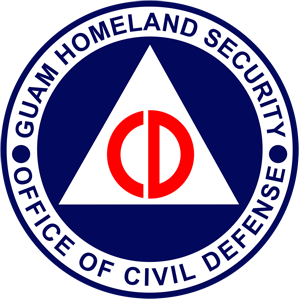Mosquito Surveillance Continues; Pesticide Application Continues in Areas of Surveillance
The Guam Department of Public Health and Social Services (DPHSS), along with partner agencies, and the Guam community, continue efforts to mitigate the spread of the dengue virus on Guam.
No new cases were confirmed in the last 24 hours. There remains nine confirmed cases of locally acquired dengue infection since Sept. 11, 2019, and six confirmed cases of imported dengue infection since April 2019. Two of the three additional positive cases were sent off-island for testing, resulting in late reporting.
DPHSS continues to receive reports of suspect cases as a result of the department’s increased community outreach and timely reporting by Guam healthcare providers. Dengue is spread to people through the bite of an infected mosquito. The community is advised to avoid mosquito bites to help stop the spread of dengue.
Mosquito Surveillance and Control Continues
DPHSS is using a combination of methods to prevent and control mosquitos that spread mosquito-borne viruses. Efforts are being taken to control mosquitos based on an understanding of mosquito biology, mosquito life cycle, and the way mosquitos spread viruses to develop plans for controlling mosquitos. These efforts include the proper use of pesticides, tempered with the understanding that mosquitos can develop resistance to the overuse of pesticides. According to the U.S. Centers for Disease Control and Prevention, integrated mosquito management uses methods that, when followed correctly, are safe and have been scientifically proven to reduce mosquito populations.
The Guam community can reduce the number of new mosquitoes by eliminating the places they lay eggs. DPHSS mosquito surveillance suggests that Aedes albopictus is the mosquito species spreading dengue on Guam. Aedes albopictus lays its eggs in natural and artificial water holding containers, such as tree holes, coconuts, bromeliads, water barrels, trash, closed gutters, tarps, and tires. Generally, A. albopictus does not reproduce in large bodies of water, such as ponding basins and reservoirs.
Pesticide application at high-risk areas
DPHSS, through its vendors, continues to conduct pesticide application in areas of surveillance identified by the DPHSS epidemiology surveillance team as high risk. Pesticide control professionals apply EPA-approved pesticides to these areas of surveillance where written consent has been given by the home or building owner.
Dengue Presentations Provided
As part of an aggressive outreach commitment, the U.S. Centers for Disease Control and Prevention (CDC) continues to provide DPHSS with technical assistance on epidemiological surveillance, monitoring, and risk communications. Part of the initiative is providing informational briefs to all stakeholders and the community. Informational briefings can be made available upon request.
The community is invited to the following informational brief on dengue, open to all:
● Tuesday, October 8, 2019, at 6 p.m. - Merizo Elementary School
The CDC slide presentation by medical epidemiologist W. Thane Hancock, MD, MPH is made available to the public at the following downloadable link,
http://dphss.guam.gov/wp-
For more information, visit http://dphss.guam.gov/dengue-







